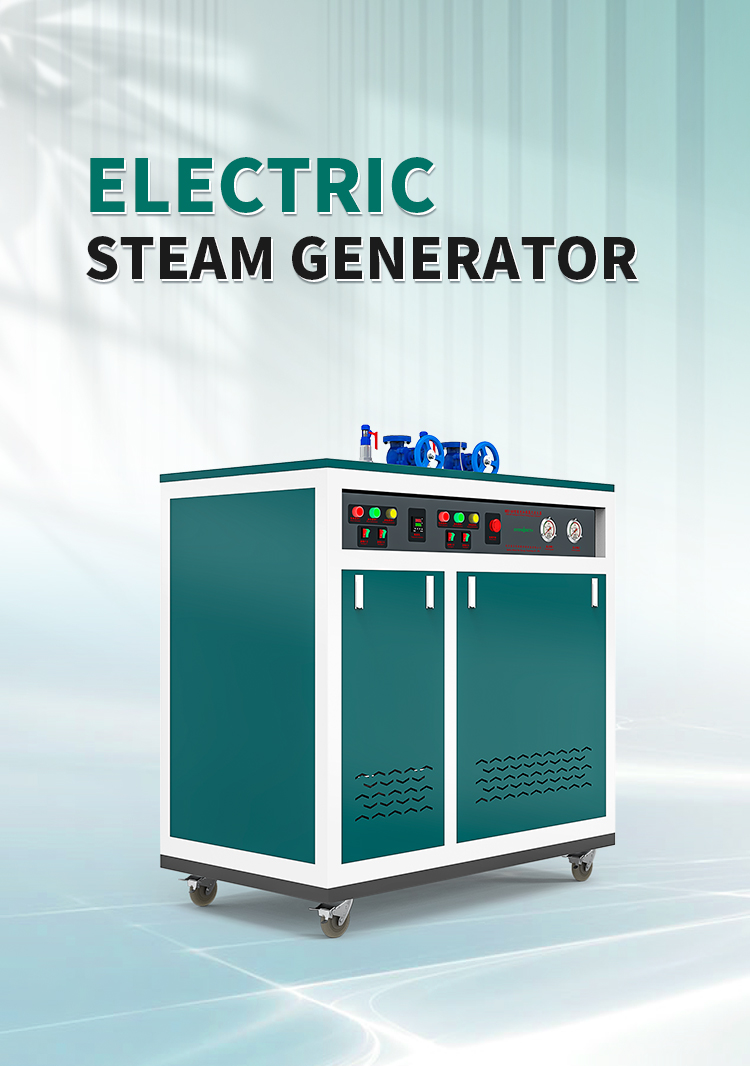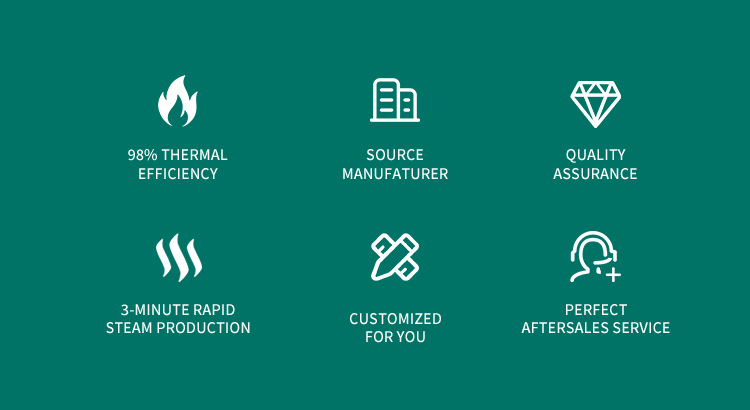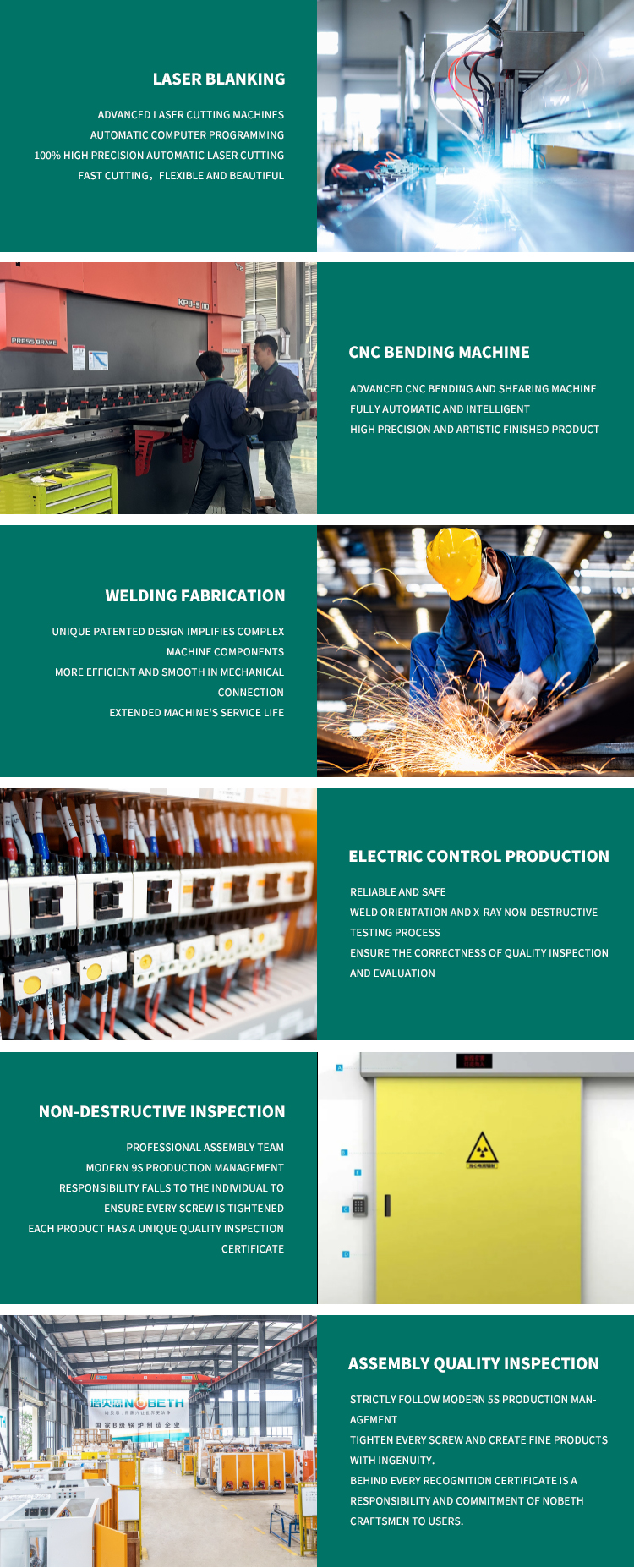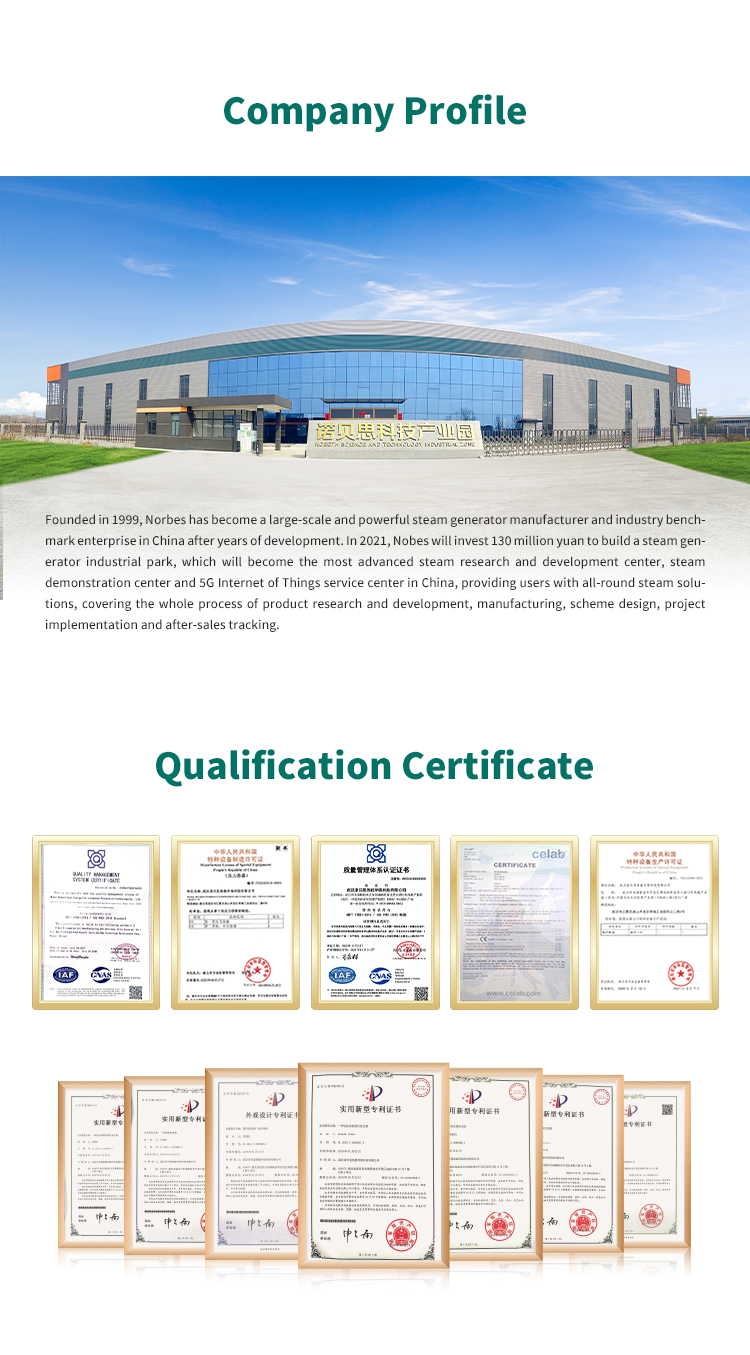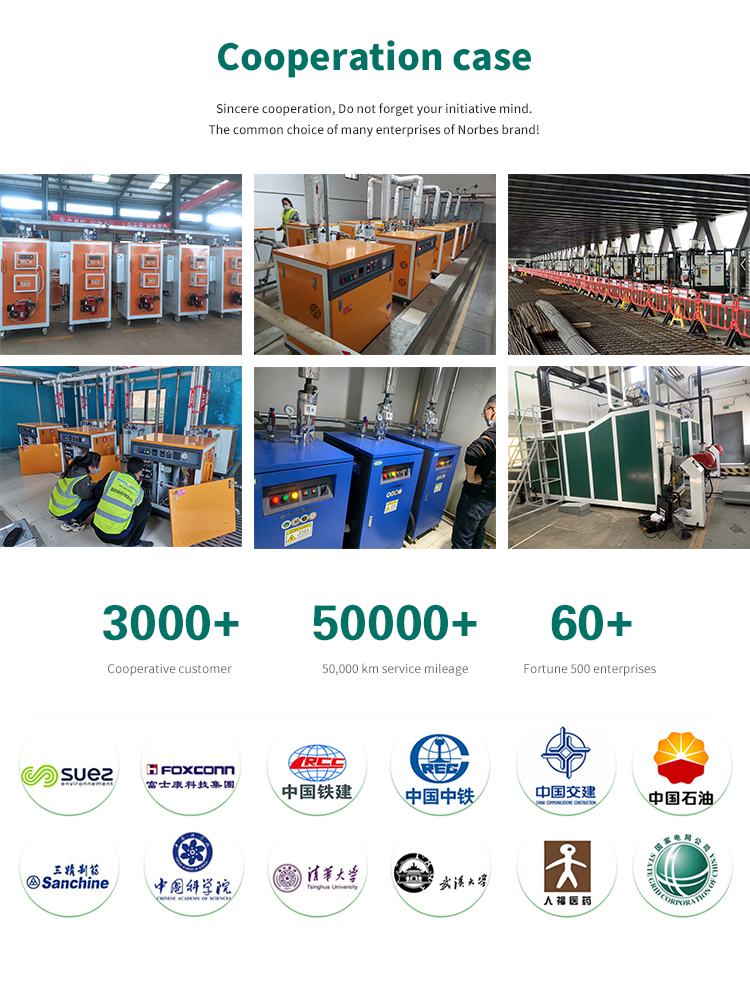
108KW Electric Steam Boiler for Food Industry
1. Low power conversion efficiency. In an electric steam generator, electrical energy is first converted to heat, which is then transferred to the water to heat it up. However, the efficiency of converting electrical energy into heat energy is not 100%, and part of the energy will be converted into other forms of energy, such as sound energy, light energy, etc.
⒉ loss. The electric steam generator will have a certain loss during operation, such as heat loss, water pump energy consumption, etc. These losses reduce the thermal efficiency of the electric steam generator.
3. Improper operation. Improper operation of the electric steam generator will also reduce its thermal efficiency. For example, the water temperature setting is too high or too low, the water quality is not good, and the cleaning is not timely, etc. will affect the thermal efficiency of the electric steam generator.
2. Improve the thermal efficiency of the electric steam generator
In order to improve the thermal efficiency of the electric steam generator, we can start from the following aspects:
1. Select high-efficiency electric steam generator. When purchasing an electric steam generator, you should choose a product with high efficiency and good quality. This can not only improve the thermal efficiency of the electric steam generator, but also prolong its service life.
2.Optimize operation. When using an electric steam generator, you should pay attention to the operating specifications. For example, setting the water temperature reasonably, keeping the water pure, cleaning regularly, etc. These measures can reduce energy loss and improve thermal efficiency.
3. Heat recovery. When the electric steam generator discharges steam, it also discharges a large amount of heat. We can recycle this heat through heat recovery to improve thermal efficiency.
4. System optimization. The thermal efficiency of the electric steam generator can also be improved through system optimization. For example, energy-saving equipment can be added, such as frequency converters, energy-saving pumps, etc., to reduce energy loss and improve thermal efficiency.
Products categories
-

E-mail
-

Phone
-

WhatsApp
-

Top


